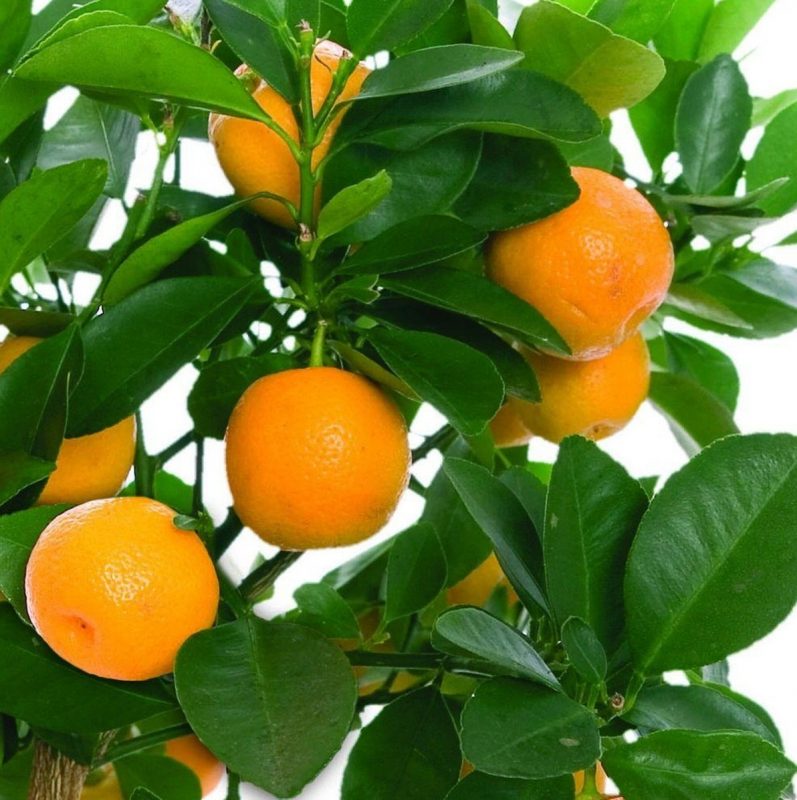Although many of my fond memories around the holidays involve food, one of my favorites is that of the oranges that we’d get as a present from my Dad each Christmas. My Dad lived in Indian River County, Florida for many years and many family owned groves were literally in his backyard. Each year at Christmas a box of oranges would arrive, full of fragrant, juicy sunshine.
Even though Dad is gone, nothing brings the fragrance of the holidays home for me quite like the smell of oranges do. The good news is that even in Colorado, you can grow your own citrus indoors during the winter months. However, there are a few tricks to know in order to be successful in raising citrus indoors.
As with most plants, choosing the correct pot is critical for your success. Pots generally need to have good depth and you should also consider the weight if you intend to be moving it around to catch the sun as that moves through the winter months. A deeper pot will help with balance and may keep the plant from falling over due to being too top heavy once it grows.
Containers made from clay, ceramic, or plastic may all be used, but be certain it provides good drainage. Citrus plants are like people- neither like wet feet! Once you have selected your container, be sure to fill it with a good quality potting mix. The drainage provided by both the holes in the pot and the potting mix will be crucial over the winter months when air circulation is often limited, even in our dry climate. You can also use a mix prepared for cactus that has added sand, or add some of your own for additional drainage.
Choose your citrus trees carefully. Meyer lemons are among the most popular, but you can also be successful with Washington Navel oranges and Bearrs (or Persian) and Mexican limes. Meyer lemon is a hybrid that originated in China and produces juicy seedless fruit and sweet pulp and the improved version is virus free. Bearrs lime is a vigorous, thornless tree that produces good sized fruit. Look for a healthy plant, possibly with blooms already on it. If you want to try to start citrus from seed, be aware that although it’s possible, those plants will be different from the parent that it came from so choosing an established plant is best if you want to be sure of what you’re growing.
After planting, place your plant in a sunny spot. In most cases, the sunnier the better and eight to 12 hours of sunlight is preferable. The more heat you can give them, the better and generally temperatures need to be in the 55 to 85 degree range for them to perform well and produce fruit. In general the sweeter citrus such as oranges need more heat, the more acidic citrus like lemons and limes can tolerate a little less. Think tropics though!
Proper watering is perhaps the most tricky part in having your citrus thrive. Too much will rot the roots and could harbor disease and fungus. Too dry and the leaves will curl. A rule of thumb is to keep the soil on the dry side of moist but since these plants like moist air, placing them near a humidifier or misting regularly will help to keep them happy.
Even though citrus are heavy feeders, fertilize sparingly during the winter months, then increase the schedule again during the summer months following label directions on whichever brand of fertilizer you choose. Use a fertilizer labeled for use on citrus, if possible. Citrus trees are susceptible most often to scale, spider mites, mealybugs and aphids so keep an eye peeled and treat at the first sign of any of these infestations. Since it produces an edible fruit, use the lease toxic control available such as insecticidal soap or horticultural oil which are usually effective.
Harvest season ranges depending on the particular fruit you are growing, but generally is during the winter months. Fruit will only ripen while it is on the tree, and you don’t need to pick them quickly as they’ll hold on the tree until you are ready for them.
What was once a hobby only for the very wealthy who could afford winter heated solariums, raising citrus indoors is now something anyone can enjoy. There’s not much better in the middle of a cold Colorado winter than to be able to go pick a fresh lemon right off of your own tree!

